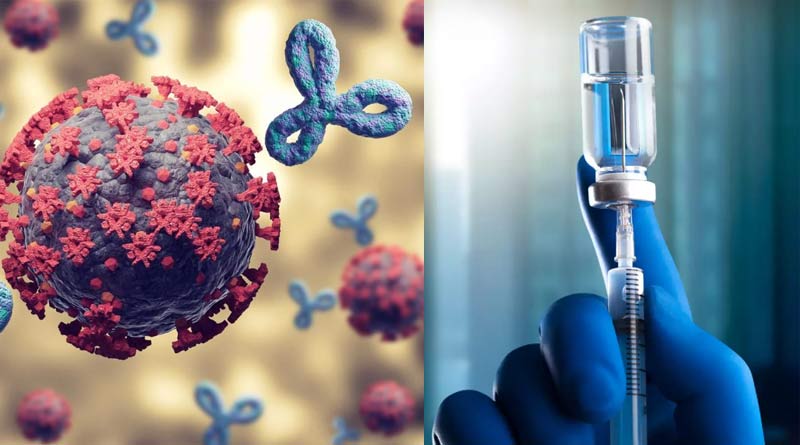Vaccines are like ninja tutors for your immune system! They introduce a tiny, harmless part of a germ, like a virus, teaching your body to recognize and fight it. Later, if you encounter the real germ, your immune system springs into action, remembering its training and protecting you from getting sick. Vaccines are clever tools that make your body a disease-fighting champion!
What are Vaccines?

“Vaccines are potent tools in the realm of preventive medicine, offering protection against various infectious diseases,” explained Dr. Emily Chen, an immunologist at HealthGuard Research Institute. “Composed of weakened or inactivated forms of pathogens, such as viruses or bacteria, vaccines stimulate the immune system to produce a defense response. Upon vaccination, the immune system learns to recognize and remember specific pathogens. When confronted with the actual pathogen later on, the immune system swiftly launches a targeted defense, preventing illness or reducing its severity. This process not only shields individuals from diseases but also fosters herd immunity, safeguarding communities. Vaccines have been instrumental in eradicating or controlling numerous diseases, contributing significantly to global public health and the well-being of populations worldwide.”
Types of Vaccines
Vaccines come in various types, each employing distinct strategies to bolster the body’s immune defenses against specific diseases.
- Inactivated Vaccines contain pathogens that have been rendered harmless, allowing them to stimulate an immune response without causing illness. An example is the polio vaccine.
- Live Attenuated Vaccines use weakened forms of live pathogens, prompting a robust and long-lasting immune response. The measles, mumps, and rubella (MMR) vaccine is an instance of this type.
- Subunit, Recombinant, or Conjugate Vaccines rely on specific components of pathogens, such as proteins or sugars, to trigger an immune response. These vaccines are exemplified by the Hepatitis B and Haemophilus influenzae type b (Hib) vaccines.
- mRNA Vaccines, like those developed for COVID-19, instruct cells to produce proteins similar to a pathogen, thereby training the immune system.
- Viral Vector Vaccines utilize harmless viruses to transport genetic material, instructing cells to produce pathogen-like proteins. The Oxford-AstraZeneca COVID-19 vaccine is a prominent example.
- Toxoid Vaccines target bacterial toxins, fostering immunity against diseases caused by toxin-producing bacteria, as seen with the tetanus vaccine.
How do vaccines train our immune system?

- Antigen Presentation: Vaccines act as educational tools, introducing harmless antigens that mimic those found on pathogens. Specialized cells, such as dendritic cells, capture and present these antigens to T cells, initiating a crucial phase of immune surveillance.
- Recognition by Immune Cells: T cells, particularly helper T cells, play a pivotal role in recognizing presented antigens as foreign invaders. This recognition serves as the ignition for the activation of T cells, a critical step in orchestrating a coordinated and targeted immune response.
- T Cell Activation: The activation of helper T cells triggers a cascade of events, directing B cells to produce antibodies. These antibodies, specialized proteins, are fundamental in targeting and neutralizing specific pathogens encountered by the immune system.
- Antibody Production: B cells, guided by activated T cells, undergo a transformative process, differentiating into plasma cells. These plasma cells serve as factories, churning out copious amounts of antibodies precisely tailored to combat the identified pathogen.
- Memory B and T Cells: A subset of B and T cells transitions into memory cells, endowed with the remarkable ability to “remember” encountered pathogens. This memory ensures a sustained and rapid immune response upon subsequent exposures, conferring long-lasting immunity.
- Rapid Response upon Infection: In the event of a real infection, memory B and T cells spring into action swiftly, recognizing the pathogen. This recognition triggers a focused and accelerated immune response, preventing or minimizing the impact of the infection.
- Herd Immunity: Herd immunity, a collective shield against infections, is achieved when a significant portion of the population attains immunity through vaccination or prior infection. This collective immunity reduces the overall transmission of the pathogen, providing protection even to individuals who aren’t individually immune.
Vaccines conduct a masterful defense! They introduce a tiny piece of a germ, training our body’s defenses to recognize it. This creates an army of immune memory cells, ready to fight back if the real germ attacks. It’s more than a shield – it’s a scientific marvel, building a healthier future, one vaccination at a time. For more such posts please visit our Health section.



